In Photos: Rare Anglo-Saxon Cemetery Uncovered
Rows of coffins
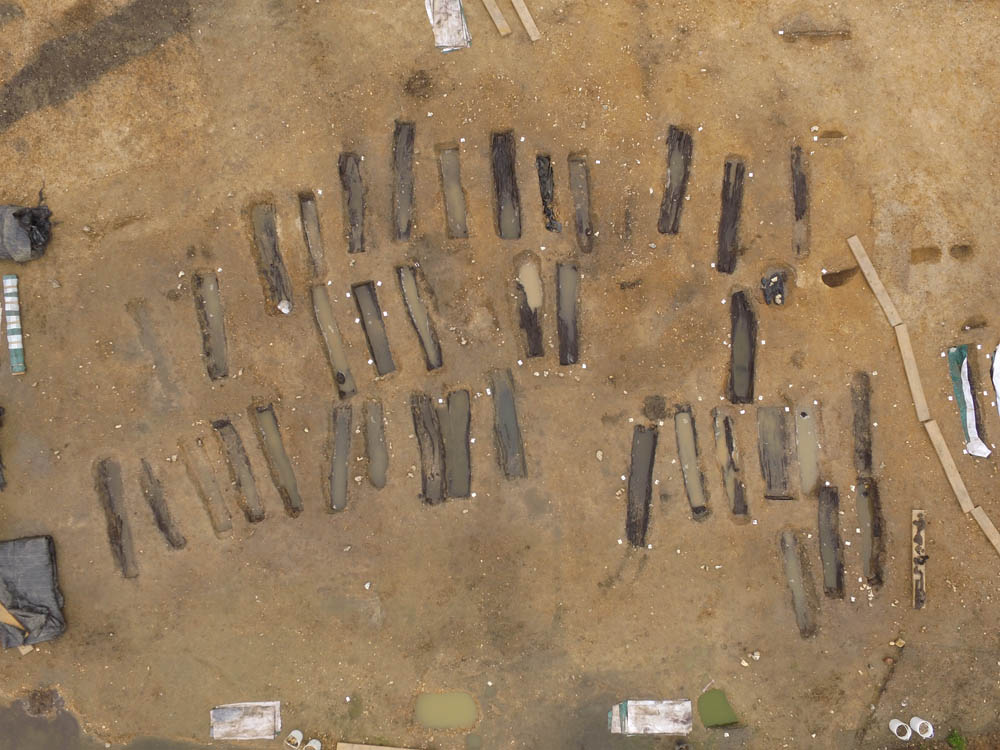
In a surprise find, archaeologists discovered an Anglo-Saxon cemetery in England with more than 80 graves. Most of the burials contained rare wooden coffins, which had been preserved thanks to the waterlogged environment of the site.
Here, an aerial view of the excavation shows how the graves at Great Ryburgh, Norfolk, were arranged in rows in an east-west alignment, a mark of Christian cemeteries.
[Read the full story on the newfound cemetery]
Rare coffins
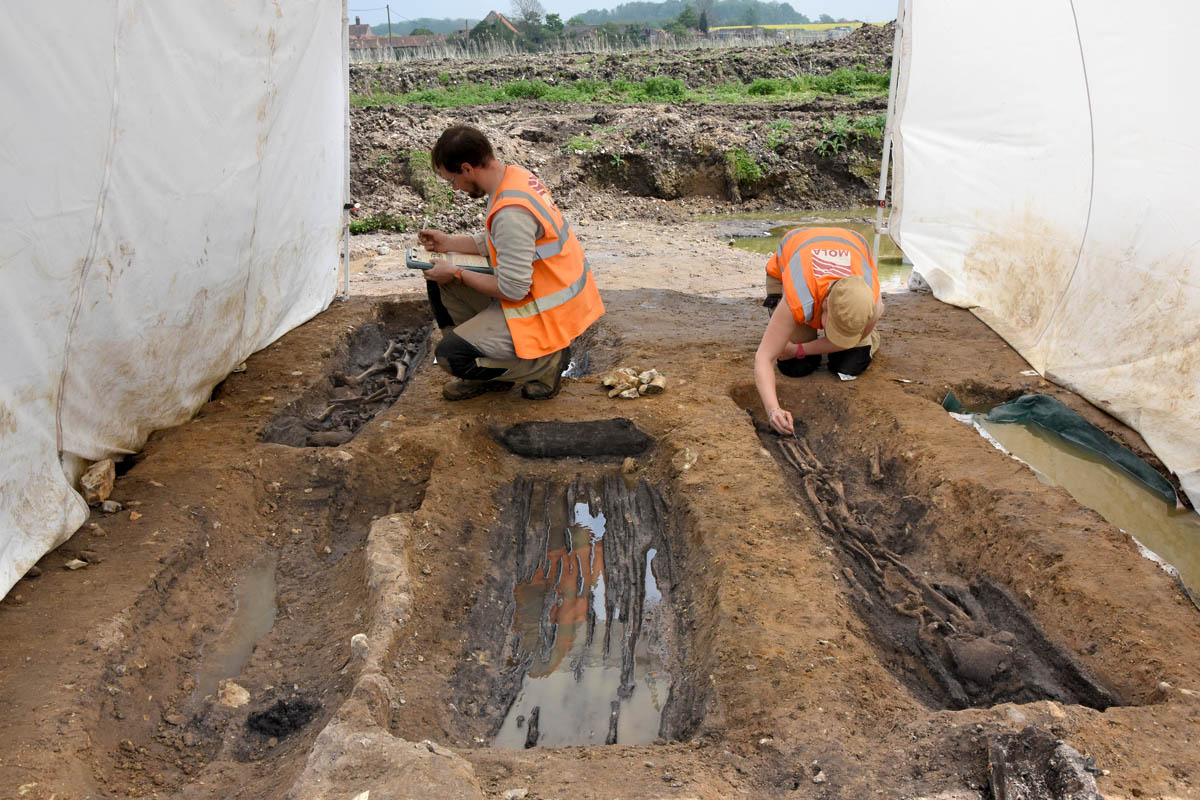
These wooden coffins were made by hollowing out the trunks of oak trees. Though undecorated, they still would have taken a bit of effort to produce. These are the first dug-out coffins from this era to be excavated, according to the Museum of London Archaeology (MOLA).
Anglo-Saxon remains
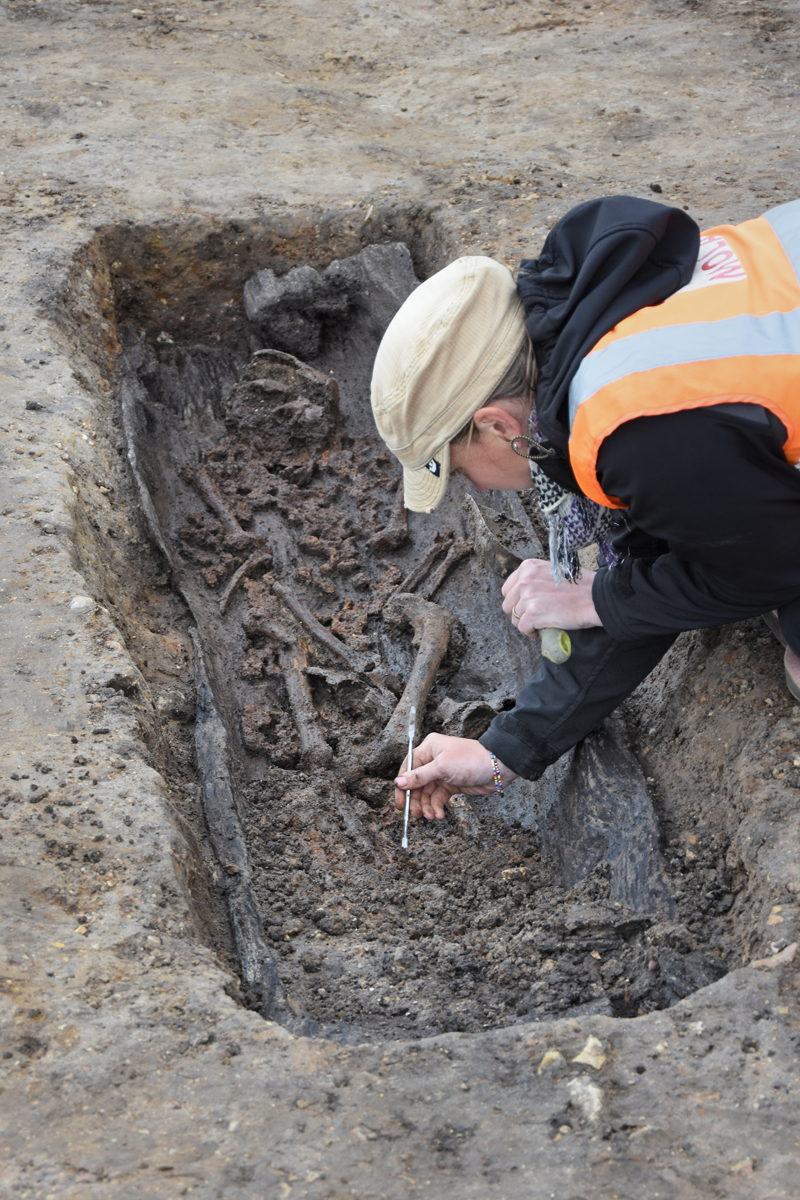
The burials date back to the middle Anglo-Saxon period, between the seventh and ninth centuries A.D.
[Read the full story on the newfound cemetery]
Waterlogged cemetery
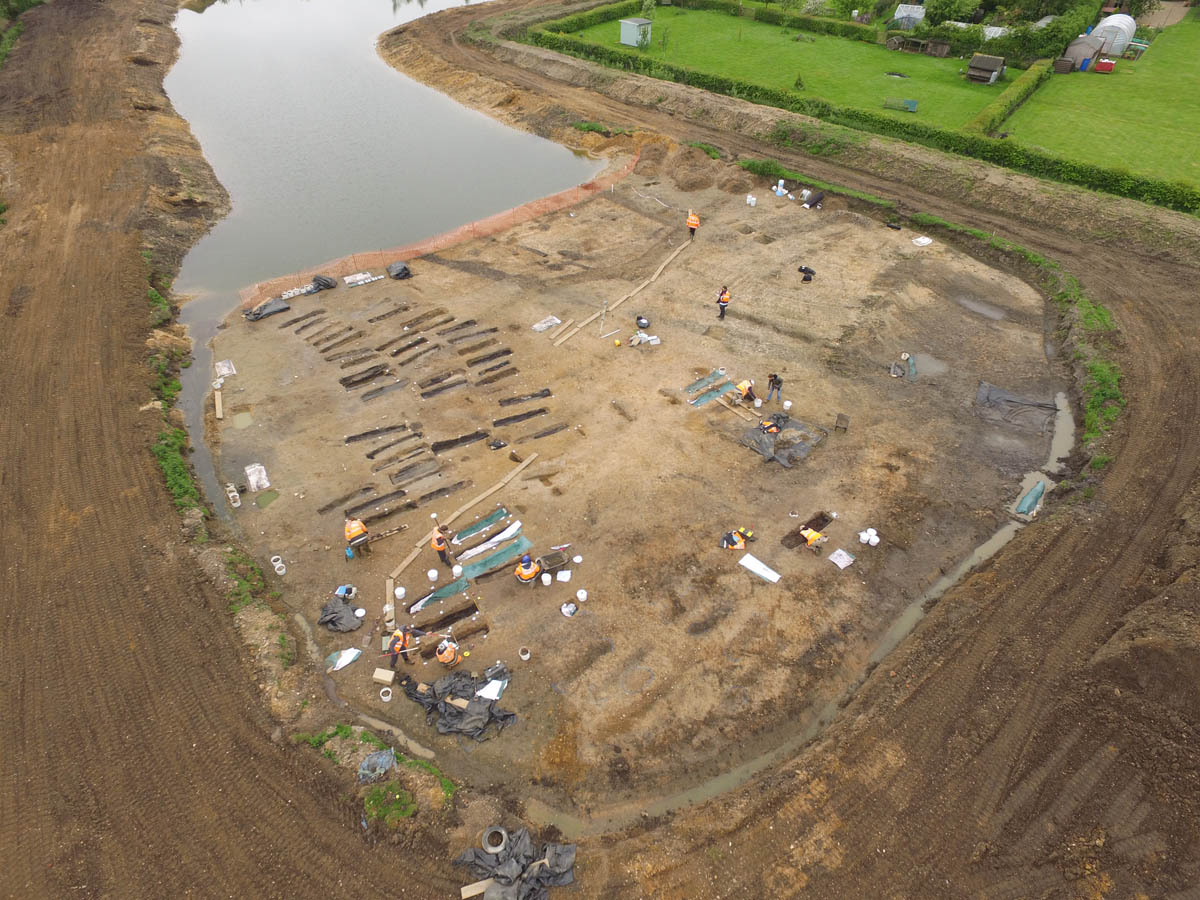
While wooden coffins often decay in the ground, the wet conditions at the site helped preserve the burials. In particular, when the alkaline river water mixed with the more acidic sand where the coffins were buried, it created a neutral, waterlogged area that would preserve the coffins.
Plank-lined grave
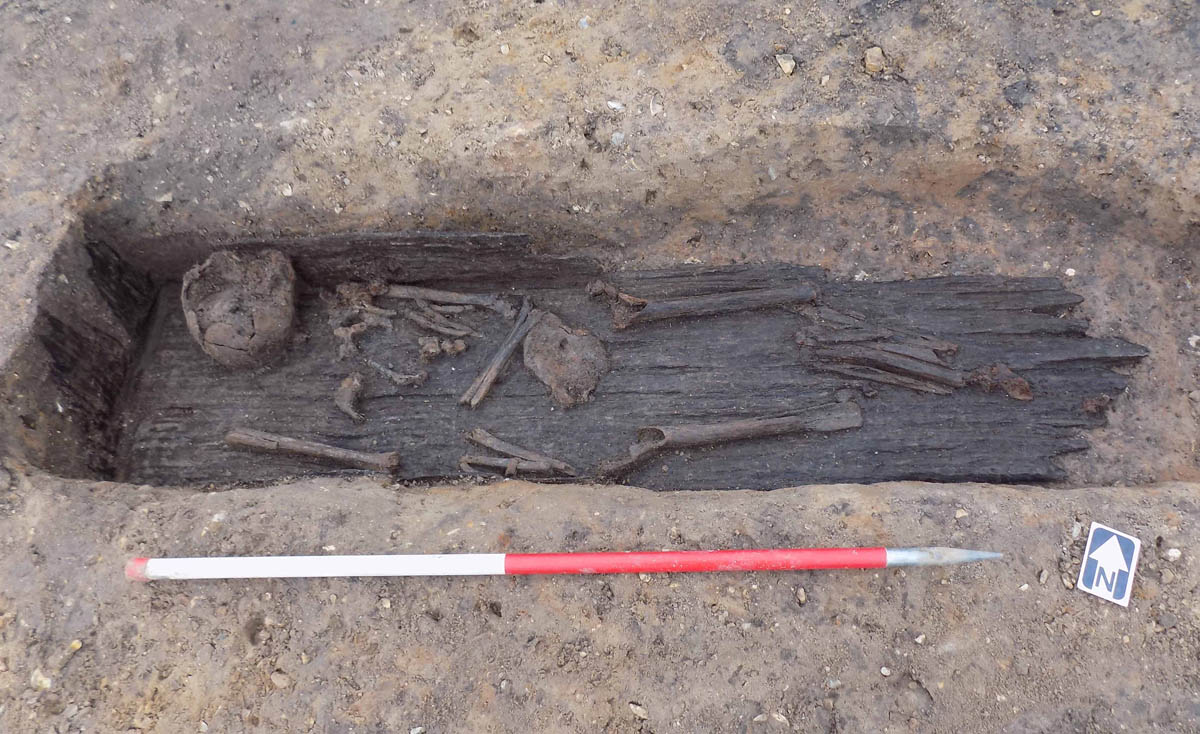
The archaeologists also discovered some graves that had been carved into the ground and lined with wooden planks. The archaeologists aren't sure how these graves are related to the dug-out coffins found at the site.
Dug-out grave
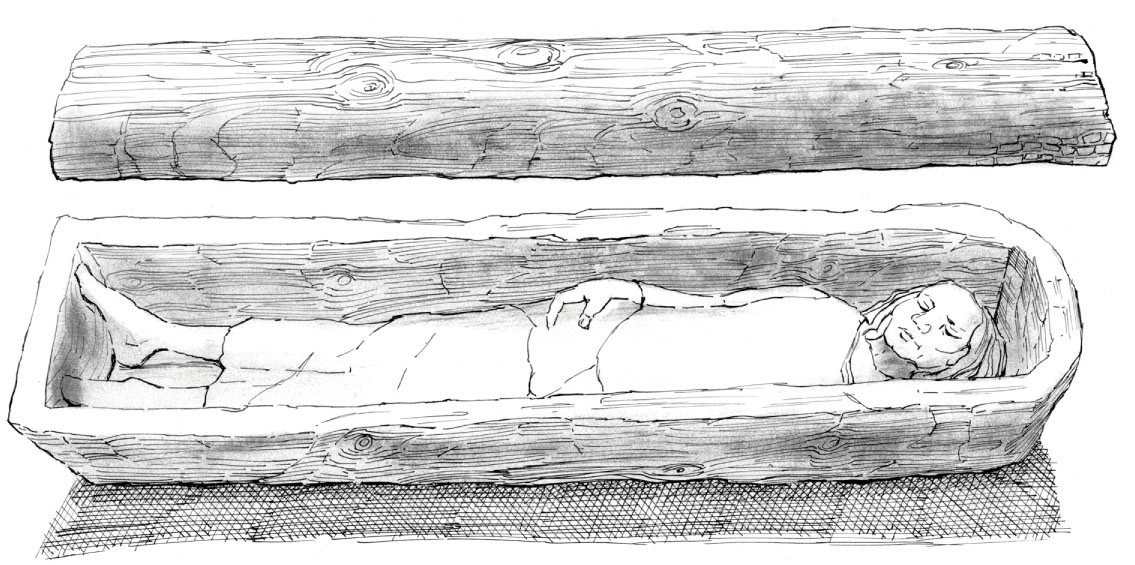
This reconstruction of coffin from an early Anglo-Saxon grave at Mucking Cemetery II in Essex shows what a dug-out wooden coffin would have looked like.
Sign up for the Live Science daily newsletter now
Get the world’s most fascinating discoveries delivered straight to your inbox.











